When the Research Road Turns Rough
COVID-19 has shuttered the academic world. At William & Mary, teaching goes on as technology enables us to connect in new ways with our students. But online learning is a poor substitute for what happens in the classroom, lab and field. We’ll manage, and my faculty colleagues are focused making things right for students during a difficult time.
But what about the research? In the Geology department, all seniors complete an independent research-based thesis, and every year W&M Geology majors contribute new knowledge about the earth and the environment. The Class of 2020 was on the home stretch towards completing their theses. Yet, how does that research continue during a pandemic? The research road has turned rough.
It’s not feasible to be in our labs, and university-related travel for field research is suspended. These are big challenges. At this juncture we don’t have all the answers on how research, for faculty or students, will safely continue. As with many things, it’s going to be awhile before a new normal takes hold.
Rather than focus solely on the difficulties, I’d like to shine a spotlight on the 2020 Structural Geology & Tectonics research group: a smart, irreverent, and fun bunch who make the enterprise of research a joy. They’re quite possibly the most epic undergraduate research cohort that I’ve had the pleasure to collaborate with during my 24 years at William & Mary.
One of the worst gut punches from the past month is that the 2020 SG&T seniors won’t have the opportunity to present their research results at a professional meeting. Seven of my research students were preparing to deliver talks or posters at a Geological Society of America meeting slated to be held from March 20-22. It’s an annual tradition that W&M geologists attend this spring meeting, and the W&M Geology department had 18 students and 6 faculty ready to deliver up new science at the 2020 meeting. Presenting research in professional settings beyond William & Mary’s campus is important as our students gain public speaking skills and learn how to engage in advanced scientific discourse.
It has been widely lamented that the cancellation of the NCAA spring sports season is a tragic loss for college athletes. This year’s loss for undergraduate researchers is equally tragic.
My research students have worked diligently on their projects for well over a year. Since the outset of their research they’ve worked towards sharing these discoveries with other geoscientists. Yet in spite of the world turning upside down, my research students are carrying on with resilient good cheer. Our group research meetings via Zoom are as lively as ever.
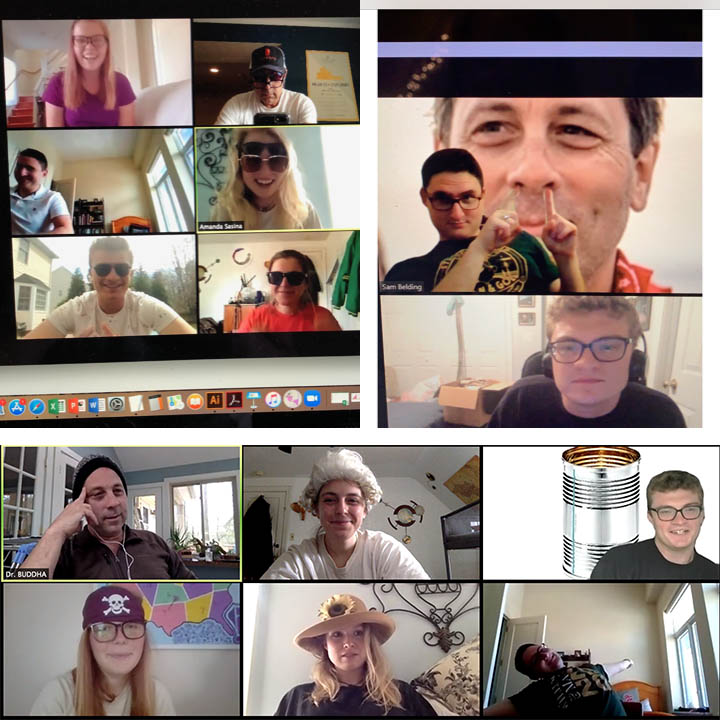
The new normal – a montage of screenshots and shenanigans from recent SG&T research group meetings via Zoom.
Let’s celebrate their scientific accomplishments. Click on the presentation titles to see the full abstract. I’ve also included figures from the presentations that would have been – check it out!
Rae, Claire M., Skelton, Tyler and Bailey, Christopher M.
Claire presented the results of her research in Oman at a Geological Society of America meeting last September in Phoenix, Arizona. Who would have figured that she’d be the only member of the 2020 Structural Geology & Tectonics research group to present this academic year? Her research quantified the amount of deformation experienced in a sequence of Precambrian sedimentary rocks in Oman and relates that deformation to the emplacement of the Oman ophiolite in the late Cretaceous.
Belding, Samuel E., Bailey, Christopher M. and Kay, Jon P.
Sam measured brittle fractures and used drone imagery to characterize the bedrock geology exposed in the channel of the James River. His results demonstrate that fracture geometry and fracture abundance differs greatly between the older metamorphic rocks and the younger igneous in the region, and this has implications for both the long-term landscape evolution as well as the groundwater potential in these rock units.
STRUCTURE, PETROLOGY, AND GEOCHRONOLOGY OF MESOZOIC DIABASE DIKES IN CENTRAL VIRGINIA
Hinshaw, Emily R., Bailey, Christopher M., Foster-Baril, Zachary and Stockli, Daniel
Emily mapped a set of north-northwest striking diabase dikes in the central Virginia Piedmont. She characterized the petrology and geochemistry of these intrusions relating them to an extensive suite of rocks formed during the opening of the Atlantic Ocean. Working closely with colleagues at the University of Texas, Emily used U-Pb dating of the mineral apatite to provide new age data on these intrusions.
THE EVINGTON GROUP RESTORED: A MAJOR STRATIGRAPHIC UNIT IN THE EASTERN BLUE RIDGE, CENTRAL VIRGINIA
Laughlin, Evan and Bailey, Christopher M.
Evan worked to understand a controversial sequence of metamorphosed sedimentary rocks in the eastern Blue Ridge. Based on detailed mapping, petrographic analysis, and geochemistry she developed a new stratigraphic model for the region, and interprets the Evington Group to be a major stratigraphic sequence that formed in the waters of the Iapetus Ocean during the earliest Paleozoic.
A TECTONIC ORIGIN FOR LISTWAENITE IN THE SEMAIL OPHIOLITE AT WADI MANSAH, NORTHERN OMAN
Nubbe, Eric and Bailey, Christopher M.
Eric N’s study site in northern Oman exposes a distinctive and enigmatic rock – listwaenite, a carbonated and silicified ultramafic rock. His field data demonstrates that these listwaenites occur in extensional to transtensional fault zones and likely formed during Cenozoic deformation and exhumation, not in the mantle wedge during Cretaceous subduction as proposed by other researchers.
Osinski, Eric and Bailey, Christopher M.
Eric O’s study focused on the nature of the boundary between the regionally extensive Catoctin Formation and the underlying Lynchburg Group – asking if this boundary is conformable, unconformable, or a tectonic contact? Additionally, we developed a new model and more consistent nomenclature for the regional stratigraphy in the central and northern Virginia Blue Ridge.
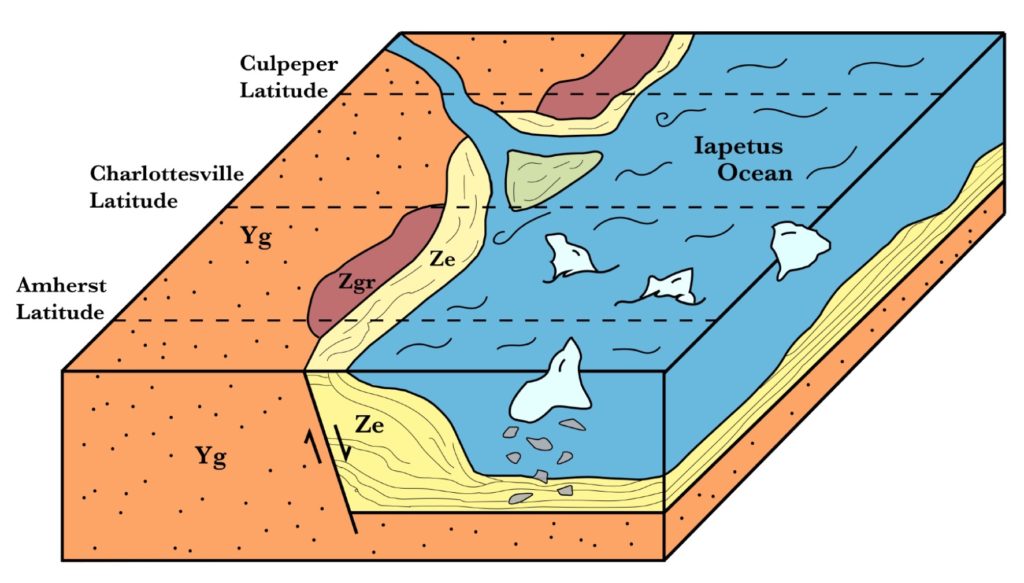
Schematic block diagram illustrating the deposition of the early Lynchburg Group, central and northern Virginia.
UNMASKING A TERRANE TRIPLE POINT IN CENTRAL VIRGINIA
Walter, Ryan T., Sasina, Amanda M. and Bailey, Christopher M.
Amanda and Ryan’s research seeks to understand the nature of three geological terranes that come together at a geological triple point in central Virginia. Based on new detailed geologic mapping, petrological, structural, and geochronological analyses we’ve redefined the geology of the region. They’ve identified a fault-bounded inlier of Grenvillian basement rocks in the western Piedmont and a previously unrecognized terrane-bounding fault that emplaces the newly-defined Spears Mountain terrane.
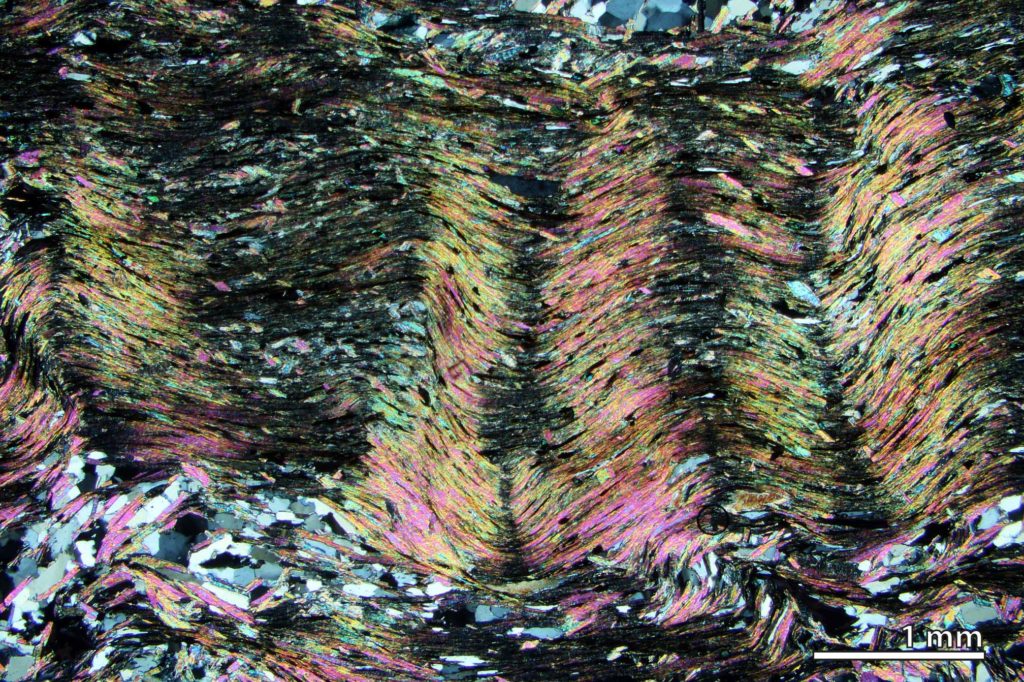
Micrograph of a crenulated quartz muscovite schist from the Spears Mountain Terrane, central Virginia.
Walter, Ryan T., Laughlin, Evan, Hinshaw, Emily R., Belding, Samuel E., Sasina, Amanda M. and Bailey, Christopher M.
This poster, the work of all the Gladstone Gladiators, illustrates the new 1;24,000 scale geological map and cross sections generated from our U.S. Geological Survey’s EDMAP grant. Over the past 18 months, the Gladiators delved into this geologically complex region and have come out the other side with a significant set of new results.
What’s to come?
Geology’s traditional Senior Research Saturday cannot take place as planned later in April. Rather than gathering in McGlothlin-Street Hall for a day of research talks followed by a lively and righteous celebration, we’ll run Senior Research Saturday virtually via Zoom. It will not be the same.
Virtual conferences will, out of necessity, become more common, but they cannot recreate the experience of in-person meetings. Just two weeks into the virtual online learning experience, William & Mary students are becoming “Zoomed Out” (Generation Z!). No doubt screen fatigue will only grow.
There is a bit of a silver-lining to our 2020 Virtual Senior Research Saturday — people from all over the world will be able to click in and see what’s happening in real time. It will be easy for families, friends, geoscience professionals, and even university administrators to join in for a few talks and participate in the Q&A. But it’s also hard to see how a virtual celebration will be as boisterous as an in-person party!
Going forward, I’m collaborating with 6 juniors on new geological research projects, and much of that research is on hold. One project involved field work during our regional field geology course to Norway in May – that trip has been cancelled and now we’ve got to find a new project. The logistics of going to the field and analyzing samples in the lab is problematic.
Sustaining scientific research is not going to be easy.
Comments are currently closed. Comments are closed on all posts older than one year, and for those in our archive.

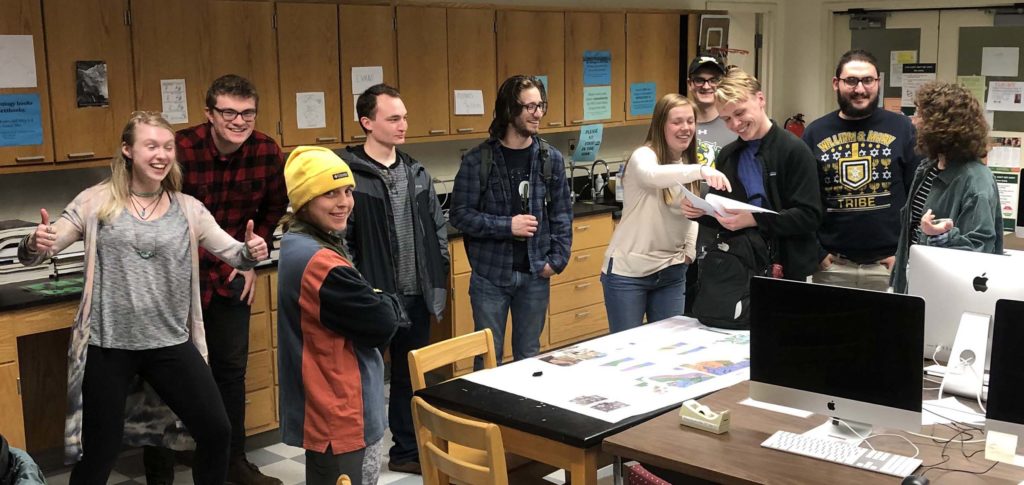
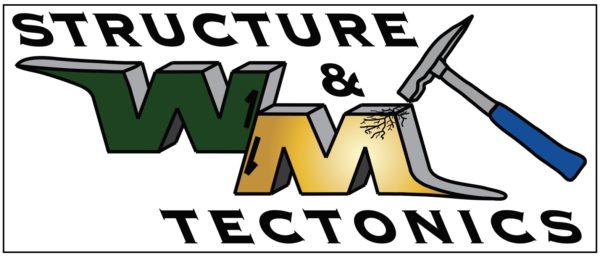
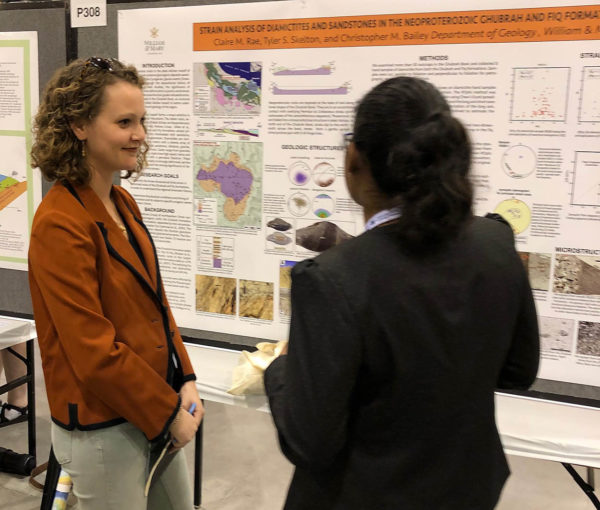
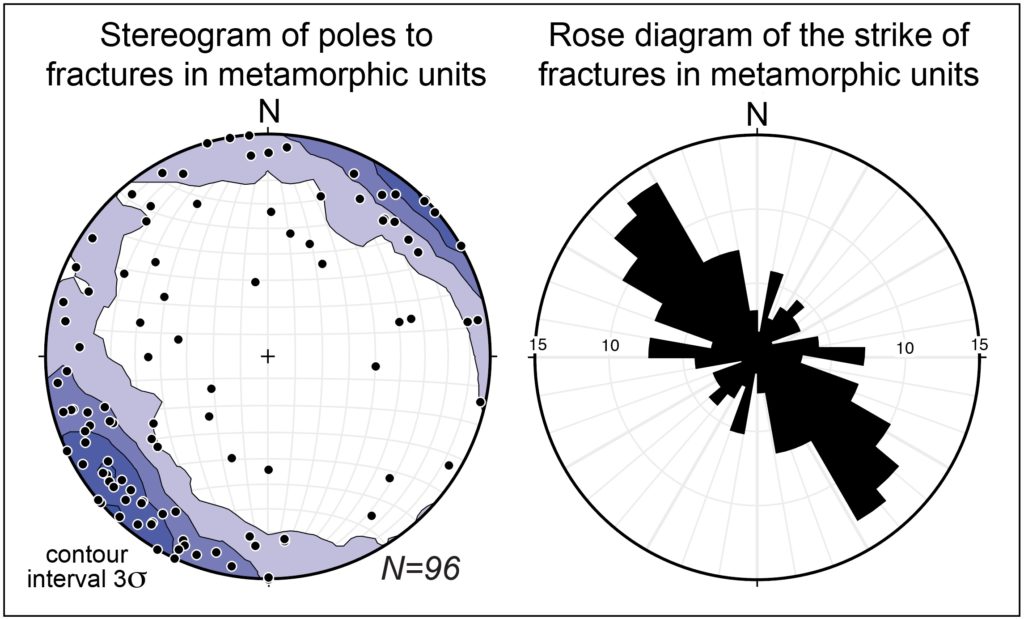
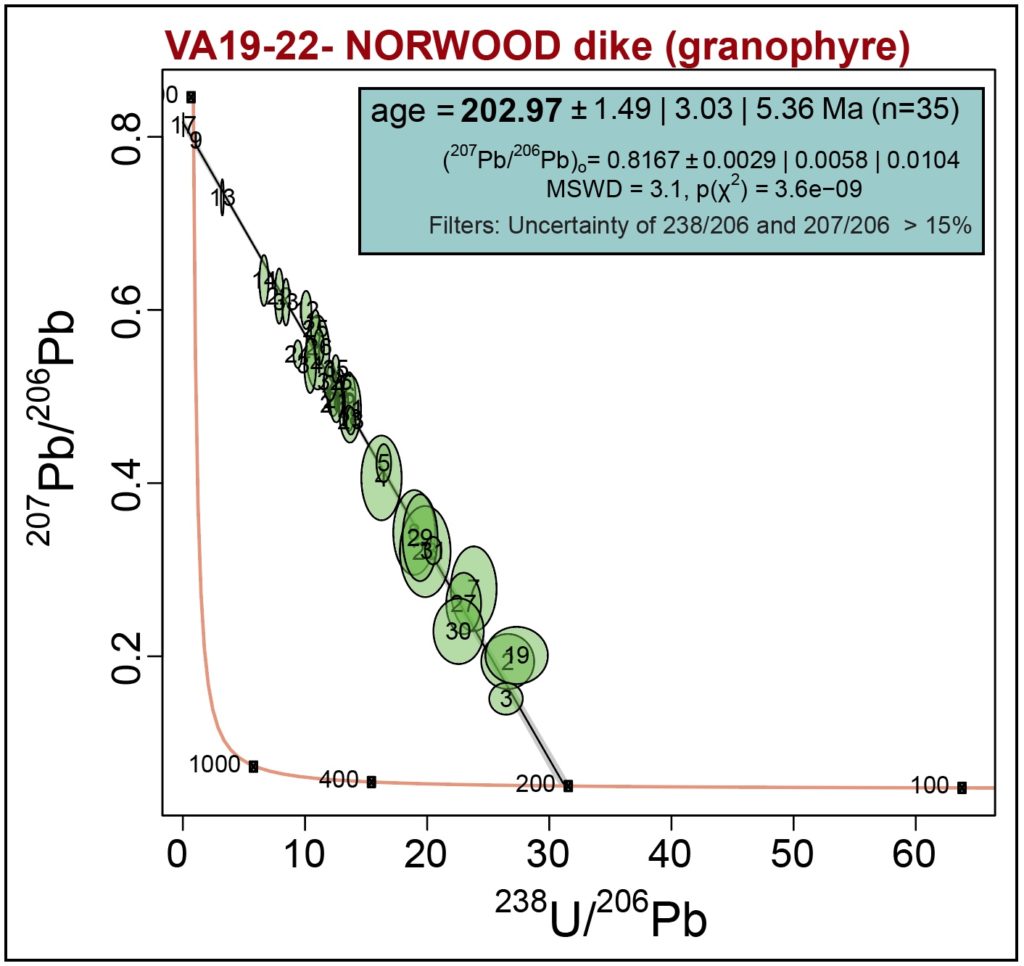
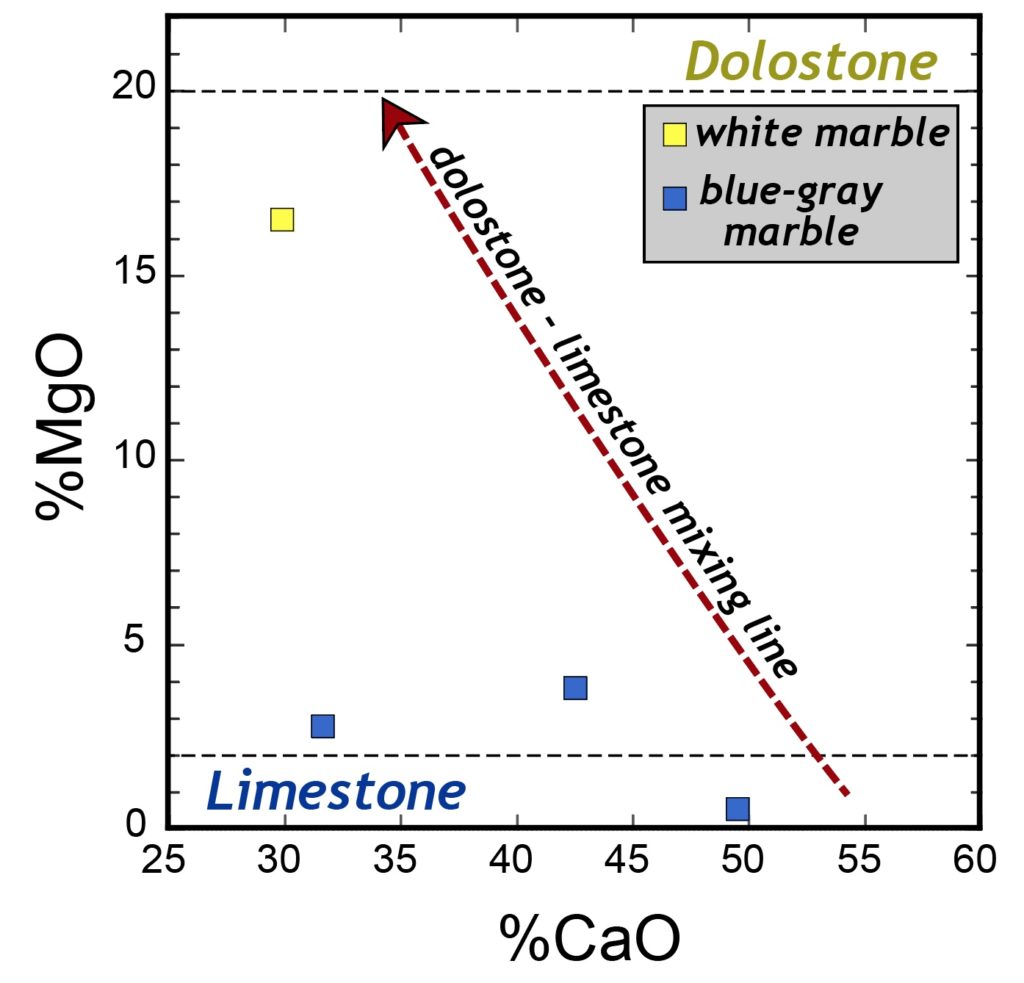
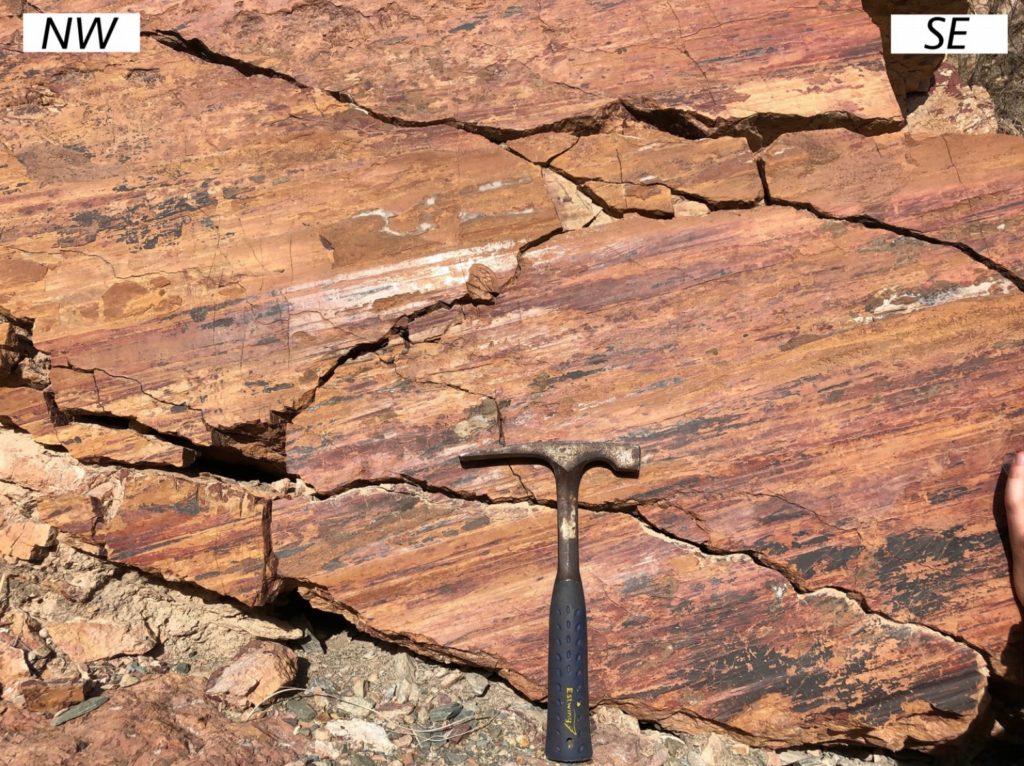
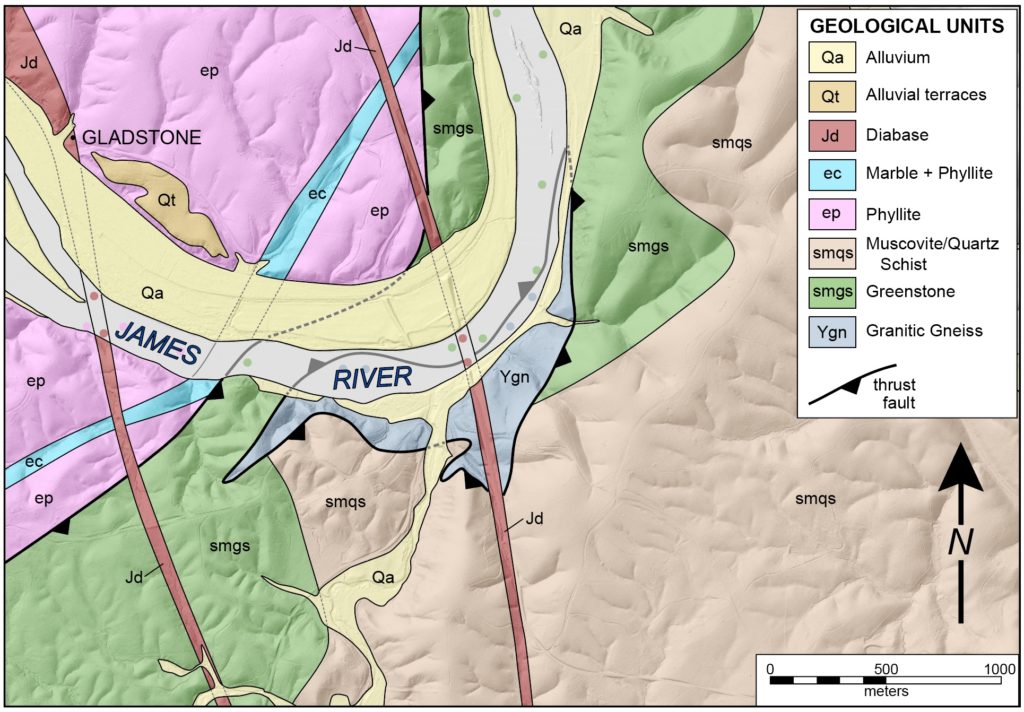
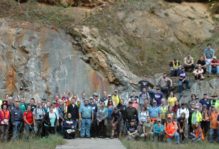

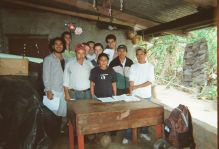
NICE CAN